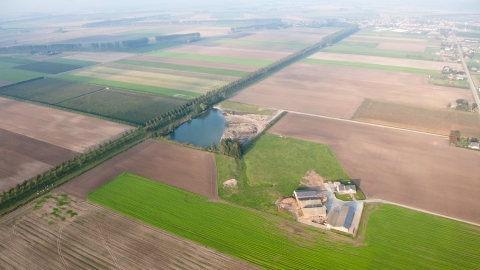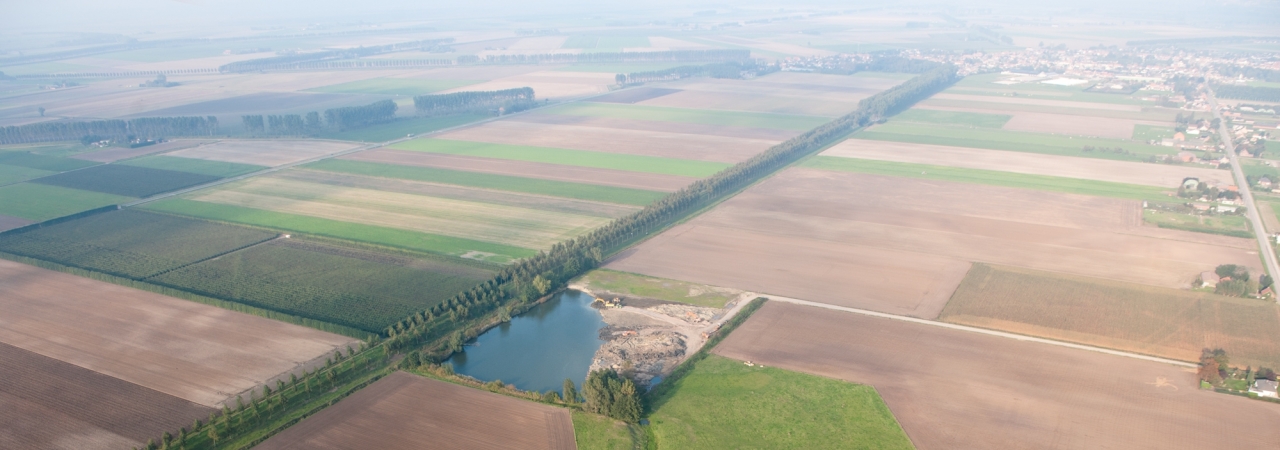Fort Fuentes was founded soon after 1591 to protect the Land of Waas from attacks from Hulst. In that year, Prince Maurits of Orange captured Hulst from the Spaniards. After this victory, the States conducted raids in Spanish territory during which, among other things, the parish church of Sint-Gillis-Waas was heavily damaged. The Spanish response was to set up several forts on the narrow but not flooded strip between De Klinge and Kieldrecht.
Fort Fuentes also played an important role in the capture of Hulst by the Spaniards in 1596. Governor Albrecht of Austria (the later archduke) had his headquarters in the fort and dictated the capitulation terms for the surrender of Hulst. In 1626, the fort was strengthened again after the Hollanders had undertaken a failed attack. The fort was renamed Fort Spinola, after the commander of the Spanish troops at the time, Ambrogio Spinola. Fort Spinola was a square bastioned fort surrounded by a wet moat and a covered road with glacis. However, this reinforcement could not prevent the fort being taken by the States in 1645 in preparation for the siege of Hulst.
In the peace talks at the end of the Eighty Years’ War, it was decided that Fort Spinola would stay in the hands of the States and thus form an enclave in Spanish territory. However, this agreement was destined to be a paper tiger. In 1673, the fort came to lie behind the Koningsdijk and lost its military importance. Until the beginning of the 20th century, the fortification remained quite well preserved. However, nearby sand extractions and the extension of a farm meant that the fort is virtually invisible today. Recently, a metal sign was placed on the remains of the fort to mark the location of the fort to cyclists on the Koningsdijk.



